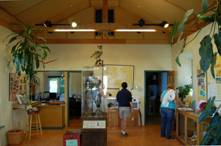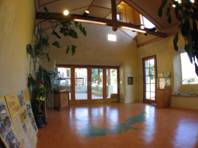|
Shorebird Park Nature Center, Berkeley California |
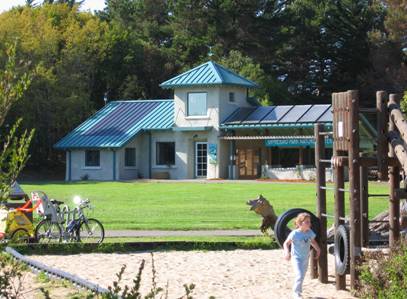
|
VanMechelen Architects |
|
Joint Venture with Dan Smith & Associates The first municipally-owned strawbale structure in California, Shorebird Park Nature Center provides education about the San Francisco Bay environment. The City wanted the building to be a showcase of environmental design and technologies.
|
|
The interior space is light and airy, with an exposed structure and wheat straw ceiling panels with wood battens. A fan in the tower assists with moving the warm air - evacuating in the summer or recirculating in the winter. The utility room is available for public viewing, to show the components of the radiant floor heating, and the inverter and meter for the photovoltaic electric system. The window sills are made from locally-sourced recycled glass mixed with a mineral-cement binder. The floor is made of natural linoleum cut by the owner into the shape of the San Francisco Bay.
|

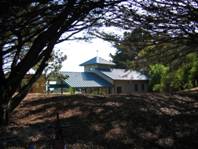
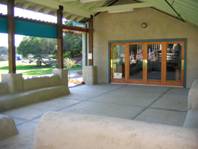
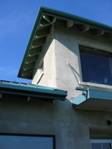
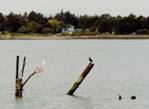
|
In addition to the super-insulating strawbale walls, the building features passive solar design, a building-integrated grid-tied photovoltaic system and solar hot water heating. All wood for the building is from FSC-certified sustainable forests. The concrete uses 50% Flyash, a waste material from coal combustion. Interior walls are made of compressed straw, and ceiling panels are straw particleboard. All doors were salvaged and retrofitted with energy efficient glazing. A large covered outdoor classroom provides additional teaching space. A perimeter gravel bag wall provides durable seating for children and enclosure to the exterior space. Large double doors open the interior space to the exterior for larger events. A trellis on the south side provides shading from the sun. The central tower is the unifying mass in the composition, and provides passive heating through a large, south-facing window, and passive cooling with high, operable windows. Building-integrated photovoltaics were chosen for their durability and resistance to potential damage in a public park. |
